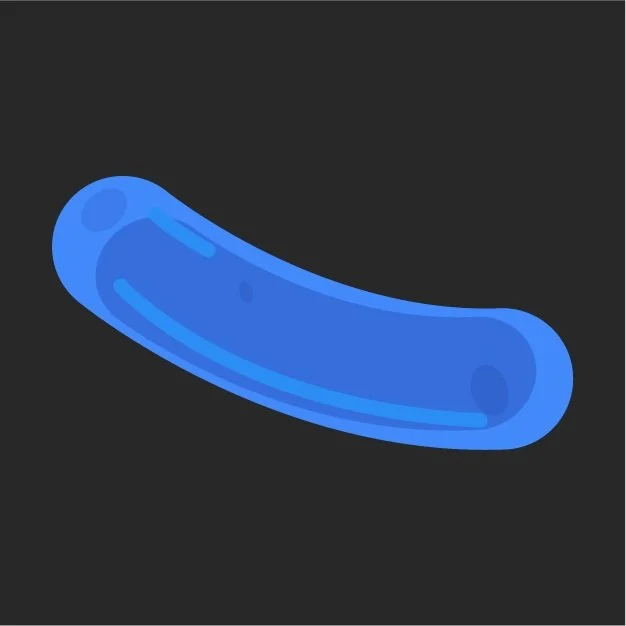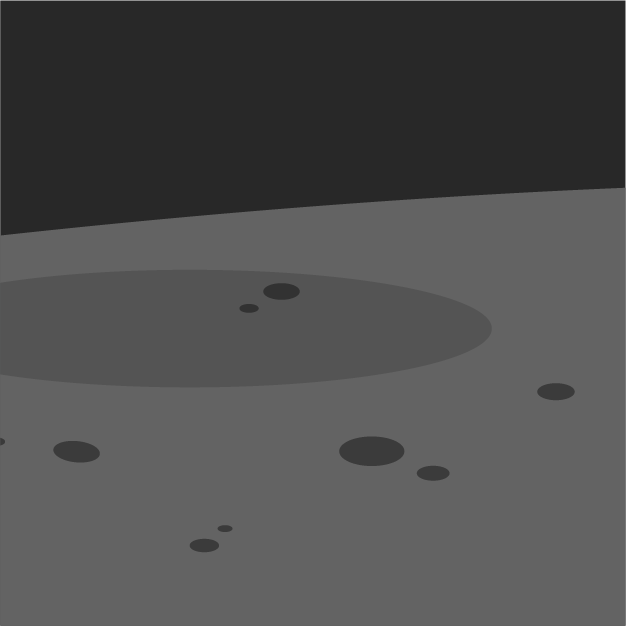ABOUT KEETON
PROBIOTICS IN AQUACULTURE
Aquaculture involves cultivating freshwater and saltwater populations under controlled conditions, which can result in problems like excessive ammonia and nitrates, or excessive sludge and organic debris. Probiotics are the safe, proven, clean method for managing these problems, while increasing growth and profits.
WHAT ARE PROBIOTICS?
✲
A highly concentrated formula containing billions of beneficial bacteria per gram.
✲
A combination of beneficial and probiotic bacteria, enzymes, minerals, and micronutrients on a carbon rich carrier.
✲
Packaged in individual water-soluble pouches or quick-dissolving tablets for easy and consistent application.
HOW PROBIOTICS WORK
Gause’s law of competitive exclusion states when two species compete for the same critical resources within an environment, one of them will eventually outcompete and displace the other.
✲
Introducing beneficial bacteria into the environment gives an advantage over the harmful bacteria. The probiotics outcompete pathogens for resources by dominating the bacterial community and outcompeting harmful organisms.
✲
Once your microbiome is teeming with good bacteria, probiotics kickstart the enhancement of water quality, while also reducing sludge and organic matter. This ultimately fosters improved health and survival for the animal.
Dominate Your Bacterial Community
-
1
Microbiome
-
2
Water Quality
-
3
Sludge
-
4
Animal Health
1
Control Your Microbiome
Before Probiotics
Aquaculture ponds are constantly exposed to bacteria during growout. Microbial community when left to chance will be a combination of beneficial, commensal and pathogenic bacteria, increasing exposure to opportunistic pathogens.
After Probiotics
By introducing more beneficial bacteria into your pond, probiotics outcompete pathogens, Vibrio, Pseudomonas, Aeromonas, and other gram-negative microbes for resources and space. The result is a healthier and more balanced microbiome with improved diversity.
-

Beneficial Bacteria
-

Harmful Bacteria
-

Waste and Ammonia
-

Waste Build Up
2
Take Control of Your Water Quality
Water quality is one of the most important and often overlooked aspect of aquaculture.
As a key component of aquatic environment, water quality is critical to the success of the culture. Ammonia and nitrite are the most common offenders. They are also the most toxic and can wreak havoc on aquatic species.
These compounds buildup due to uneaten food and accumulation of animal waste. Water quality parameters like alkalinity, pH, dissolved oxygen and carbon dioxide, phosphorus and nitrate are also important to culture success.
Probiotic bacteria directly uptake nitrogen and phosphorus from the water column. These compounds serve various metabolic functions for the bacteria, including energy production and the formation of phospholipid cell walls. By doing so, this process bypasses the conventional nitrification process and transforms harmful water quality compounds into advantageous bacterial biomass, which becomes integrated into the natural food chain.
3
Reduce Sludge and Organic Debris
The Impact of Organic Matter
Adding feed to pond water leads to the formation of organic matter, which pollutes the water and soil at the bottom of the pond, ultimately impacting the health and productivity of shrimp negatively
The presence of organic matter in the sediment can elevate ammonia levels, fostering an environment conducive to pathogenic Vibrio bacteria. This situation can trigger early mortality syndrome and white feces disease. When coupled with ammonia, Vibrio, mineral deficiencies, and hydrogen sulfide, shrimp growth is stunted, mortality rates rise, and overall shrimp production suffers.
Conversion to Bacterial Biomass
Probiotics actively consume organic waste and uneaten food, preventing the accumulation of harmful substances like ammonia, nitrite, and nitrate —substances that can become toxic, cause health problems, and are difficult to remove.
This waste conversion into valuable bacterial biomass improves Feed Conversion Ratios (FCR). It serves as a protein-rich food source, leading to reduced sludge, improved water quality, and increased profitability.
A Better Way Forward
Reducing organic waste not only improves pond bottoms but also lowers labor expenses and minimizes pollution. Enhanced water quality reduces the necessity for water exchanges, increasing biosecurity measures.
The addition of probiotic formulations containing heterotrophic sporulating bacterial strains, such as those found in Keeton products, can enhance pond bottom soil, thereby boosting the overall health of the shrimp pond. This leads to quicker pond preparation for subsequent cycles, decreased pollution, and improved animal absorption of nutritional substances.
4
Increase Survival and Growth of Animal
Shrimp possess a rudimentary immune system, heavily influenced by the composition of their gut microbiome. Vulnerable to infection, particularly in the hepatopancreas, shrimp can suffer from weakened health due to pathogenic bacteria.
Introducing probiotic microbes can bolster the immune response in aquatic creatures. By enriching the gut microbiome with probiotics, the resistance to diseases increases, mitigating the chances of pathogenic infections. As a result, healthier shrimp allocate more energy towards converting food into biomass, thus fostering enhanced growth rates and survival prospects.
Discover More: View Our Brochure
Eager to dive into aquaculture? Download our brochure to have all the key insights and product details right at your fingertips! It’s your go-to guide for understanding probiotics and exploring our range of offerings. Click the button below to grab your copy and keep it handy.
Proactive vs Reactive Strategies
Consistently applying probiotics proactively proves both cost-effective and highly efficient compared to reactive treatment measures. This approach ensures optimal benefits at minimal expense, comprehensively addressing animal health concerns. Conversely, reactive treatment requires increased product usage to tackle emergent crises, making it a less efficient and more costly option.
IMPLEMENTATION
Probiotics must be applied regularly to ensure the concentrations of beneficial bacteria are high enough to outcompete opportunistic pathogens. Without regular application beneficial bacteria populations begin to decline and expose your system to non-desirable microorganisms.
APPLICATION PROTOCOLS
Applying probiotics involves precise consideration of shrimp density, water quality, salinity, temperature, and pond history. Tailored protocols optimize probiotic dispersion, promoting shrimp health and mitigating disease risks. Considering the unique history of each pond is also essential.
Why Keeton?
Through decades of research and experience we have developed more effective bacterial strains with:
Stronger enzyme production
Stronger disease resistance
Better assimilation of organics
Faster growth rates or other factors that affect performance









